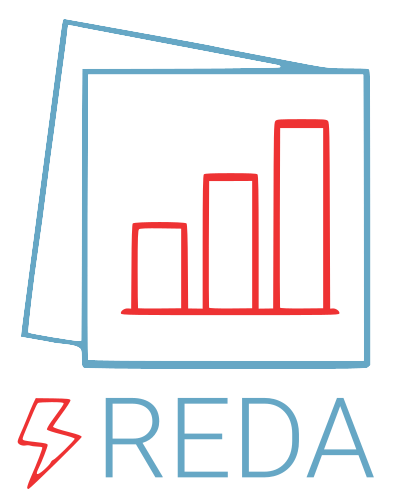TSERT – Time Series ERT file format¶
This is the description of an example file format, highlighting the proposed process of describing and implementing new file formats.
Warning
This is an experimental file format subject to constant change. For now no backward compatibility between file format versions ist provided!
Name and aims of the new file format¶
Name: TSERT (name in REDA: tsert)
Provide a one-file format for monitoring-ERT data, including electrode positions and topography and metadata.
Investigate how to apply the features of the HDF5 container format to the storage of geoelectrical data
Investigate how to best store meta data along with the data
Investigate using compression techniques to reduce the file size
Features¶
The TSERT file format
stores multiple time steps of ERT data
stores multiple versions (i.e. filtered/unfiltered) of each data set
stores electrode positions
stores topography information
stores metadata
within one HDF5 file for easy storage and distribution.
Required external python libraries¶
h5py
Structure¶
Data is stored in one hdf5 file and structured in a hierachical tree structure
Each timestep is stored in its own HDF group
(option) We could store metadata directly in the corresponding attributes of each group, or we could write json-codified metadata into one attribute
Each time step is stored in its own group:
/ /.attrs['file_format'] = 'tsert' /.attrs['format_version'] = 0.1 INDEX/index <- pandas.DataFrame which holds TS_KEY<->datetime/timestep info; one column: value ELECTRODES/ ELECTRODE_POSITIONS <- pandas.DataFrame TOPOGRAPHY/ [...] ERT_DATA/ [TS_KEY].attrs['metadata'] <- metadata for this data set ERT_DATA/[TS_KEY]/base <- original data set ERT_DATA/[TS_KEY]/v1 <- filter data set, version 1 ERT_DATA/[TS_KEY]/v1.attrs['filters'] <- metadata for filtered data set (not implemented) ERT_DATA/[TS_KEY]/v2 <- filter data set, version 2 ERT_DATA/[TS_KEY]/v2.attrs['filters'] <- metadata for filtered data set (not implemented)
TSKEY is an integer index; actual timestep information (i.e., datetimes) are stored in the timestep column of the INDEX/index dataframe, which TS_KEY-values associated with the dataframe index.
Metadata¶
Metadata in REDA is implemented using nested dictionaries. This structure can also be saved in the HDF5 container in the group METADATA. Nested dicts are implemented as subgroups, and key-item pairs are stored using the .attrs functionality of the HDF5 container.
Implementation¶
The TSERT file format is implemented in the following reda source files:
lib/reda/exporters/tsert_export.py
lib/reda/importers/tsert_import.py
Shortcomings¶
Not sure if this file format use usable for long-term storage (5+ years).
Future enhancements¶
After the format stabilizes it will be easy to extend it to complex electrical data and even to spectral induced polarization data.
It would be nice to extend the versioning to include the journal so one can see how a given version was created from the base version.
TODO¶
set up a rudimentary set of tests for tsert
investigate how we can only open the file once and then do a full export of data, electrodes, topography, metadata, etc. At the moment we always open/close the file to accommodate different handling strategies (i.e., pandas uses pytables, I think, and therefore cannot work with h5py…)
Use compression to reduce the file size
Add check summing to detect data corruption
